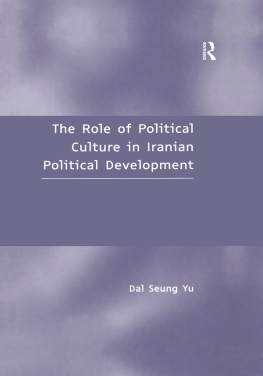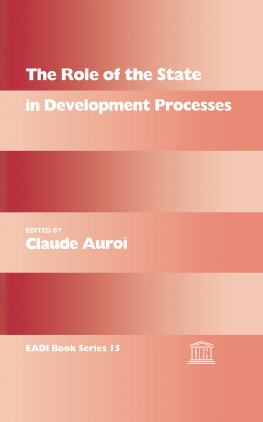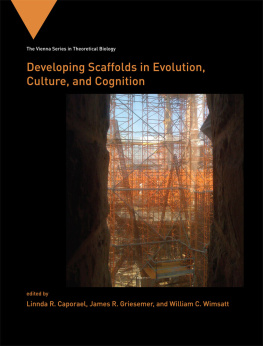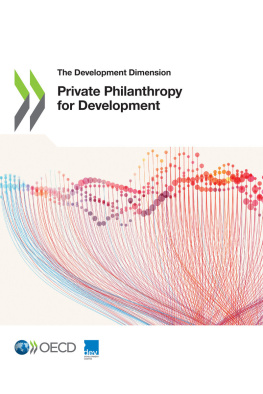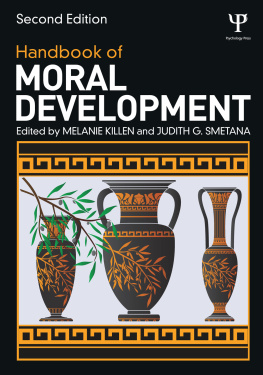Role of C ulture in D evelopment
Role of C ulture in D evelopment
Kapila Vatsyayan
Cataloging in Publication Data DK
[Courtesy: D.K. Agencies (P) Ltd. ]
Vatsyayan, Kapila , author.
Role of culture in development / Kapila Vatsyayan.
pages cm
ISBN: 9788124609958
1. India Civilization. 2. Economic development India.
3. India Cultural policy. 4. India Social conditions 1947-
I. Title.
HN683.5.V38 2016 DDC 306.0954 23
ISBN: 978-81-246-0995-8
First published in India, 2018
Kapila Vatsyayan
All rights reserved. No part of this publication may be reproduced or transmitted in any form or by any means, electronic or mechanical, including photocopying, recording or any information storage or retrieval system, without prior written permission of both the copyright owner, indicated above, and the publisher.
Printed and published by:
D.K. Printworld (P) Ltd.
Regd. Office: Vedar, F-395, Sudarshan Park
(ESI Hospital Metro Station), New Delhi - 110 015
Phones: (011) 2545 3975; 2546 6019
e-mail: indology@dkprintworld.com
Website: www.dkprintworld.com
Publishers Note
C ulture is an enigmatic term. It has been defined in many ways by anthropologists, policy makers and lay persons. It is often said that there are as many definitions of culture as there are peoples of the world. Culture is also considered at its finest and subtlest as the essence of a body of values, experienced and articulated through diverse expressions, be it science, philosophy, literature, architecture and the other arts. Its meaning is wide and its interpretations are varied.
Development is equally loaded and complex. It also arose out of the nineteenth- and twentieth-century industrial, scientific, technological situation where progress, linear progression along an unidimensional path of economic growth became key indicators for assessing the quality of life. While the attributes of development were largely industrialization, higher economic growth rates and assessment of the quality of life, culture became an impediment, a necessary hurdle, to be crossed if economic well-being was to be achieved.
This volume is a collection of articles/speeches by the eminent art historian, Dr Kapila Vatsyayan, contributed on different occasions spread over a few decades. It attempts to cover the varied topics related to culture and development. Towards a Cultural Policy underlines the need for a cultural policy and the imperativeness of interlinking developmental programmes with that of cultural and educational programmes. In all developmental programmes, along with the economic core, cultural core also has to be taken into account so that the tribal and rural societies are neither made into static, fossilized societies, nor relegated into a minimal subsistence level. In framing our cultural policy, we should also keep in mind the multiracial, multilinguistic and multicultural composition of our country.
Some Underlying Concepts of the Indian Cultural Heritage talks about the cultural heritage of India which lies in its recognition of sustaining an inner landscape of man which is the centre and the recognition that it expresses itself in an outer landscape of man, comprising myriad petals of a lotus flower. All manifestations in time and space, varied and different, are the rainbow colours of a single white luminosity.
Cultural Configuration discusses the primary level of culture and natural environment, culture as a myth, and the indistinguishable nature of religion and culture. Our configuration of culture religious, educational, scientific, technical is exactly a configuration which is a process of interactive relationship between man and the elements, between and amongst man and men, and the interplay of the outer and the inner, the centrifugal and the centripetal, and the rotating and revolving movements of each unit of the configuration.
Post-Independent India had to undertake a multi-faceted approach in managing its cultural affairs as it was understood in its broadest framework, encompassing all activities of the human being, ranging from the most personal and subjective to those of large mass congregations in the tribal, rural and urban milieu. Cultural Development: A Profile addresses issues such as the dichotomy between the institutions of traditional culture and the institutions of modern education, the challenges that the government had to face in giving culture a fillip, the bringing of the tribal and marginal communities into the cultural limelight, establishment of new cultural institutions, development of a museum system, establishment of institutes for the study of religions and efforts to give Sanskrit a new identity and the focus on the development of Indian languages.
Cultural Dimensions of Tourism speaks about the phenomenon of cultural interaction between civilizations. In the backdrop of tourism, we have different heads such as spiritual tourism, nature tourism, culture tourism all the arts and monuments are part of it and so on. Can we, through the media of nature, monuments and the arts, communicate to every tourist our cultural heritage and legacy? Tourism has helped in assimilating features of different cultures into our culture. However, these assimilations should not decay or pollute the profound values that encompass our monuments, mountains, water bodies and the arts.
A new educational policy is expected to equalize different levels of society and different groups by stressing the need for cultural awareness and training for the formally educated and providing education to the cultured masses of India. Cultural Goals of New Educational Policy addresses many a challenge in setting and achieving those goals and suggests that special efforts are required for the improvement and enlargement of higher levels of training in archaeology, art history, performing and plastic arts, museology, archival, archives, literatures and languages, and oral traditions.
Cultural Osmosis between India and Indonesia delineates the phenomenon of a continuous and an unbroken dialogue between both countries at the level of civilizational and cultural traits, which is manifested in a variety of ways.
For a meaningful understanding of Asian cultural patterns, one must come across its proverbial multiplicity and plurality on all levels of human existence. Cultural Patterns of Asia vividly talks about this phenomenon.
Culture and Development is about the different meanings of the terms culture and development. It draws attention to Mahatma Gandhis blueprint on development and the report of the World Commission on Culture and Development.
Culture: The Crafting of Institutions puts forth the challenges that Independent India had to face. There was a definite dichotomy between the traditional institutions of the arts and languages and the modern institutions, founded on Western system of education. Negotiating these worlds was a Herculean task. To have a dialogue among cultures, the government had to set up many institutions, to relive Sanskrit, to excavate the past and so on.
Institutionalizing Culture: Contemporary Issues of Administrative System expresses concerns over the way the cultural institutions are managed. Department of Culture was brought under different ministries for varied reasons, hampering the set objectives. This made only a partial success to various culture-related initiatives. The institutions set up to promote culture are of a different call and they should be autonomous in nature for better and effective functioning.




